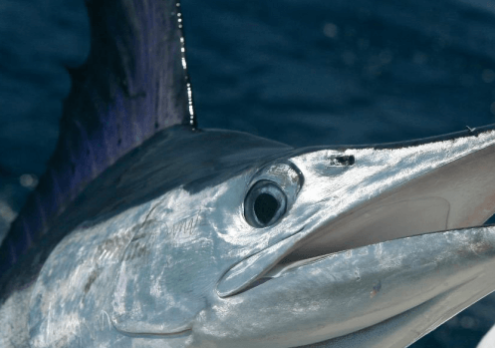Posts

Exempted Fishing Permits for East Coast Deep-Set Buoy Gear
NMFS issued 7 Exempted Fishing Permits (EFP) for vessels…

Is the US West Coast Going From Drift Gill Nets to Longlines?!?
A Recent Application for Longlines to fish off the West Coast
This…

Recreational Fishing Gear, Bottom Trawls & Pelagic Longline Gear Are NOT the Same!!
New Executive Order could stymy recreational fishing in Marine…
 https://billfish.org/wp-content/uploads/2019/12/Billfish-2019-v3-scaled.jpg
2560
1978
Peter Chaibongsai
https://billfish.org/wp-content/uploads/2017/07/logo_small_color.png
Peter Chaibongsai2019-12-05 09:13:262019-12-05 10:43:41Protected: Billfish Magazine 2019 V3
https://billfish.org/wp-content/uploads/2019/12/Billfish-2019-v3-scaled.jpg
2560
1978
Peter Chaibongsai
https://billfish.org/wp-content/uploads/2017/07/logo_small_color.png
Peter Chaibongsai2019-12-05 09:13:262019-12-05 10:43:41Protected: Billfish Magazine 2019 V3
TBF Tells NMFS NO To Harming Billfish and Sportfishing
As promised, below are TBF's final comments for the NMFS initiative…

New NMFS Initiatives Benefit Longlines and Harm Recreational Community
The National Marine Fisheries Service (NMFS) is proposing initiatives…

New Gear Restrictions May Help Billfish in the Pacific
The Inter-American Tropical Tuna Commission recently announced…

Help Keep Pelagic Longlines OUT of Closed Zones
The U.S. pelagic longline closed zones and gear restricted…

Dolphin Wahoo Fishery Allocation Update
The Billfish Foundation recently submitted comments again…

Changes in Mahi-Mahi allocation coming up in the Atlantic?
Fly Navarro and Adrienne Katz with a nice mahi-mahi
The South…

